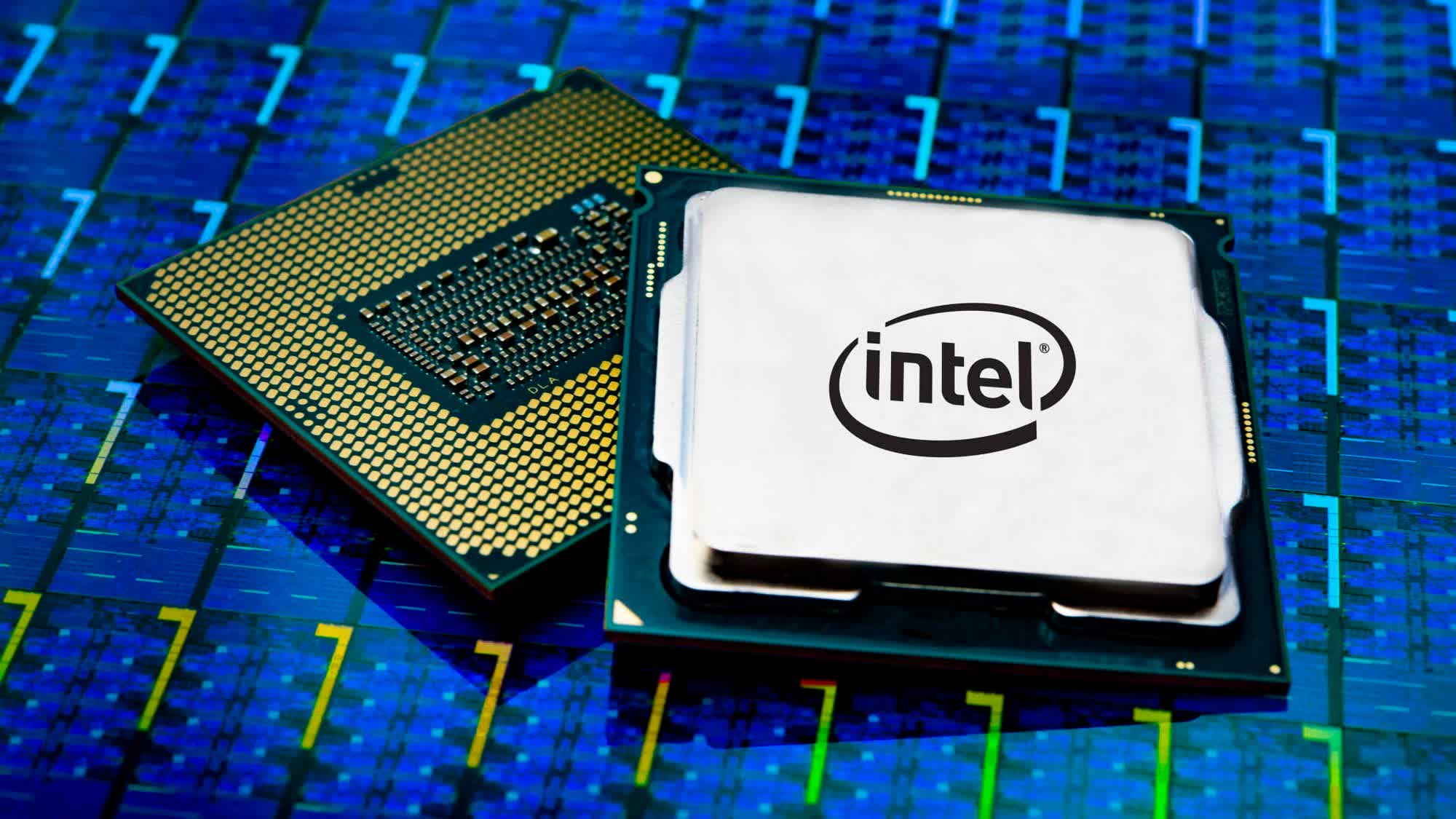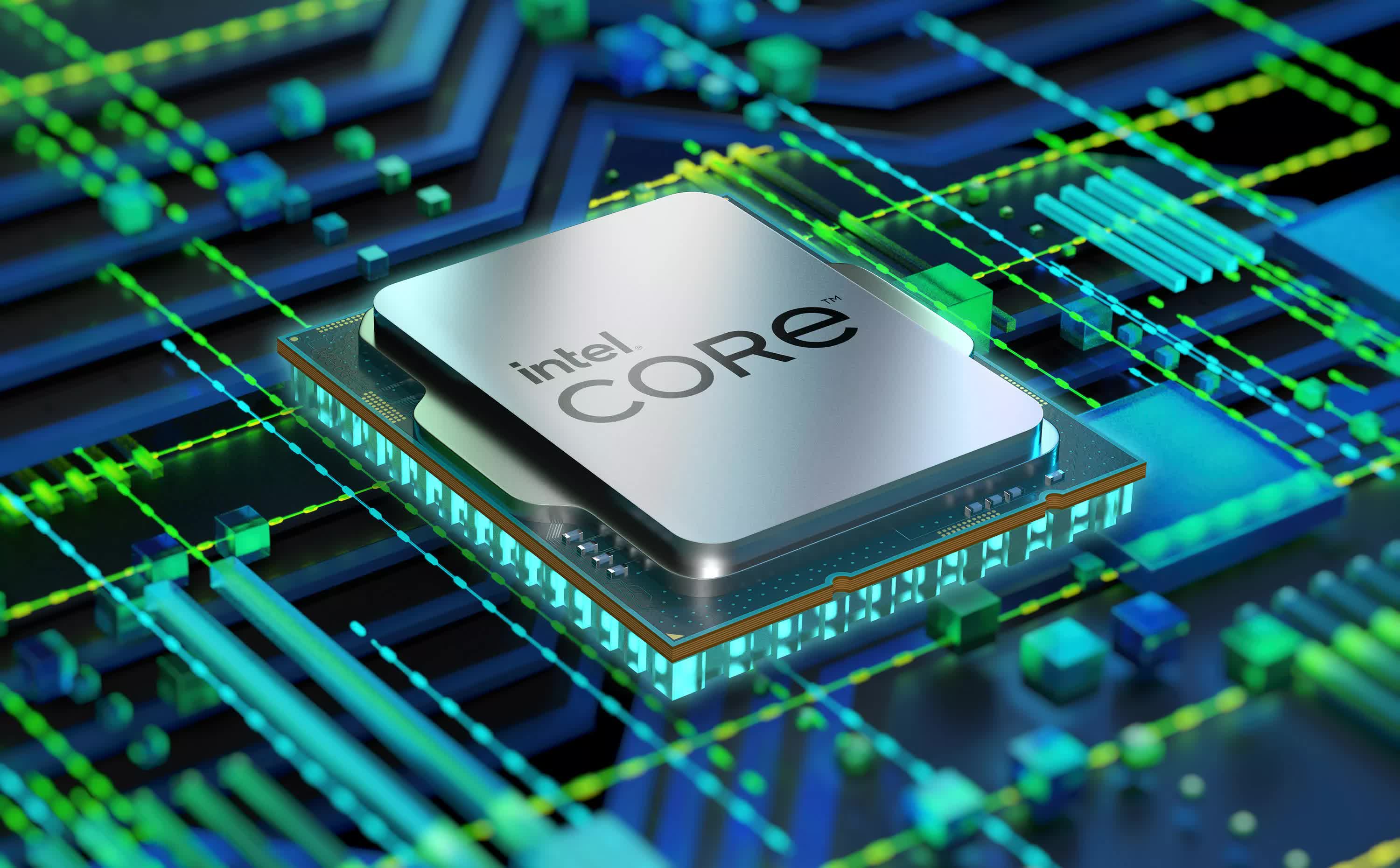In a nutshell: Intel's latest statement on crashing 13th- and 14th-generation CPUs suggests that contrary to the company's recent denial, a faulty microcode algorithm is indeed mistakenly overvolting the processors. Intel plans to release a microcode patch in mid-August. Furthermore, the company denies Alderon Games' recent assertion that mobile CPUs are also impacted.

Chipzilla believes it has finally solved the mystery behind the instability recently reported in its latest high-end desktop processors. A patch should arrive in the middle of next month to address the issue.
After remaining silent for a worryingly long time, Intel announced that a microcode algorithm error sent the wrong amount of voltage to CPUs. The explanation sounds similar to a problem Intel discovered early in its investigation, but later denied was the true cause.

For months, users of Intel's 13th- and 14th-generation Core i9 and i7 processors have reported odd crashes related to CPU-intensive tasks. High-end games, often running on Unreal Engine 5, encounter errors when compiling shaders or performing other heavy workloads. Cinebench and Handbrake users also reported similar problems.
Suspicion turned toward overclocking and voltages early on, and motherboard manufacturers began deploying updates with more conservative power delivery profiles. Intel also suggested users and OEMs return to the company's recommended baseline voltages. This mitigated the issue but didn't solve it outright.
Intel discovered and addressed an overclocking-related microcode problem last month. However, following a report from Igor's Lab suggesting that the company had found the answer, it said it was still investigating. Now, it seems the problematic algorithm may have been the root cause after all.

While reports initially suggested the problem was restricted to consumer desktops, developer Alderon Games revealed that its Intel-powered servers, benchmarking tools, and laptops were also crashing. In likely the sharpest criticism of the whole episode, the company recommended that Intel recall the affected processors.
In response, Chipzilla told Tom's Hardware that its data indicated mobile CPUs weren't suffering from the same problem, and could be crashing from any number of other software and hardware errors. Alderon hit back by elaborating on its accusations.
Company head Matt Cassells claimed that the Core i9 13900HX and other notebook processors crashed identically to the impacted desktop CPUs. Accusing Chipzilla of downplaying the issue to avoid damaging its OEM partnerships, he said Alderon observed the crashes in Razer, MSI, and Asus laptops.
Intel is still validating its results before releasing the August microcode patch.
Intel identifies cause behind Raptor Lake crashes, says mobile CPUs aren't affected